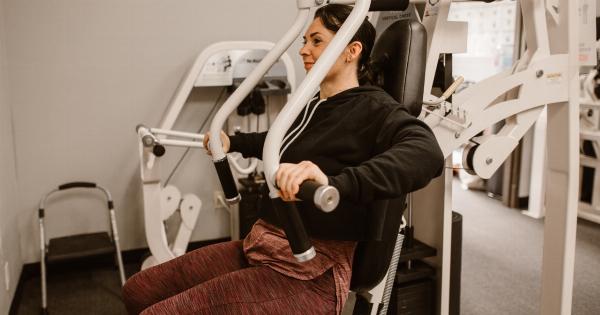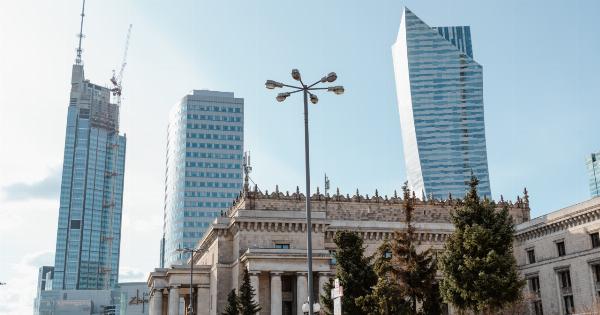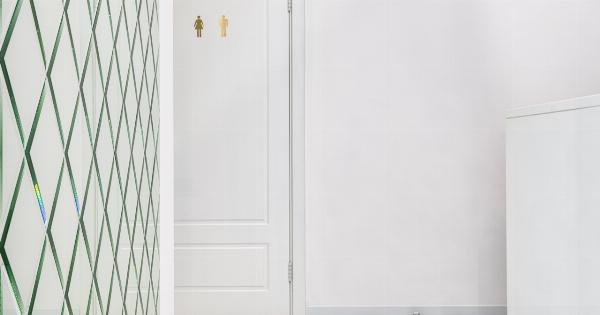Seasonal rhinitis, commonly known as hay fever, is a condition that affects millions of people worldwide. While it may not be life-threatening, it can significantly impact the quality of life for those who suffer from it.
Symptoms include sneezing, congestion, runny nose, and itchy eyes, which can make everyday activities challenging, especially during allergy seasons. While various treatment options are available, including medications and allergy shots, some individuals consider rhinoplasty as a potential solution for their seasonal rhinitis.
In this article, we will explore the possibility of treating seasonal rhinitis through rhinoplasty and discuss its potential benefits and considerations.
Understanding Seasonal Rhinitis
Seasonal rhinitis, as the name suggests, is a condition that occurs during specific seasons when certain allergens, such as pollen, are prevalent.
It is an allergic reaction triggered by the immune system’s response to allergens, causing inflammation of the nasal passages. This inflammation leads to the symptoms commonly associated with hay fever.
The Limitations of Traditional Treatments
Traditional treatments for seasonal rhinitis typically involve over-the-counter or prescription medications. Antihistamines, decongestants, and nasal sprays can help alleviate symptoms for many individuals.
However, these treatments are often temporary and mainly focus on managing the symptoms rather than addressing the root cause of the problem.
Furthermore, some individuals may experience side effects from long-term medication usage. These side effects can range from drowsiness and dry mouth to more severe effects such as increased blood pressure or glaucoma.
As a result, some individuals seek alternative solutions to effectively manage their seasonal rhinitis.
The Role of Rhinoplasty
Rhinoplasty, commonly referred to as a “nose job,” is a surgical procedure that aims to improve the appearance and/or functionality of the nose.
While rhinoplasty is popularly sought after for aesthetic reasons, it can also have functional benefits. Some individuals with seasonal rhinitis may consider rhinoplasty to address their symptoms, particularly nasal obstruction, which is a common complaint in individuals with chronic allergic rhinitis.
Improving Nasal Function
Individuals with seasonal rhinitis often experience nasal obstruction due to inflammation and swelling of the nasal passages.
This obstruction makes it difficult to breathe through the nose, leading to mouth breathing and potentially exacerbating symptoms. Rhinoplasty can address this issue by correcting structural abnormalities within the nose, such as a deviated septum or enlarged turbinates, which can contribute to nasal obstruction.
Enhancing Nasal Airflow
Rhinoplasty can also improve nasal airflow and minimize the risk of sinus infections. By reshaping the nose and optimizing the airflow pathways, the procedure can help reduce the accumulation of allergens and irritants in the nasal passages.
This can be particularly beneficial for individuals with seasonal rhinitis, as it may decrease the frequency and severity of allergic reactions and associated sinus infections.
Individual Considerations
While rhinoplasty may offer potential benefits for individuals with seasonal rhinitis, it is essential to consider certain factors before pursuing the procedure.
Rhinoplasty is a surgical intervention that carries risks and considerations that should be thoroughly discussed with a qualified plastic surgeon. Some factors include:.
1. Allergy management: Rhinoplasty should not be considered as a stand-alone solution for seasonal rhinitis.
It is crucial to manage allergies through other means, such as medication, allergen avoidance, and allergen immunotherapy, in conjunction with rhinoplasty.
2. Patient expectations: It is essential for individuals considering rhinoplasty for seasonal rhinitis to have realistic expectations.
While the procedure can potentially improve nasal function and reduce symptoms, complete resolution of seasonal rhinitis is unlikely. The primary goal of rhinoplasty is to enhance nasal airflow and improve quality of life.
3. Surgical expertise: Choosing a board-certified plastic surgeon with expertise in rhinoplasty is crucial.
A skilled surgeon can assess the individual’s unique nasal anatomy and determine the most suitable approach to address their specific concerns safely.
4. Timing: The timing of rhinoplasty is an important consideration. It is advisable to undergo the procedure during a period of relative symptom relief. This minimizes the risk of complications and allows for a smoother recovery process.
Conclusion
While rhinoplasty can potentially provide relief for individuals with seasonal rhinitis, it is important to approach it as a complementary treatment rather than a standalone solution.
Rhinoplasty can improve both the appearance and functionality of the nose, but it should always be accompanied by proper allergy management and realistic expectations. Consulting with a qualified plastic surgeon is essential for a thorough evaluation and personalized recommendation.
With careful consideration and expert guidance, individuals can explore the potential benefits of rhinoplasty in managing their seasonal rhinitis and improving their overall quality of life.






























